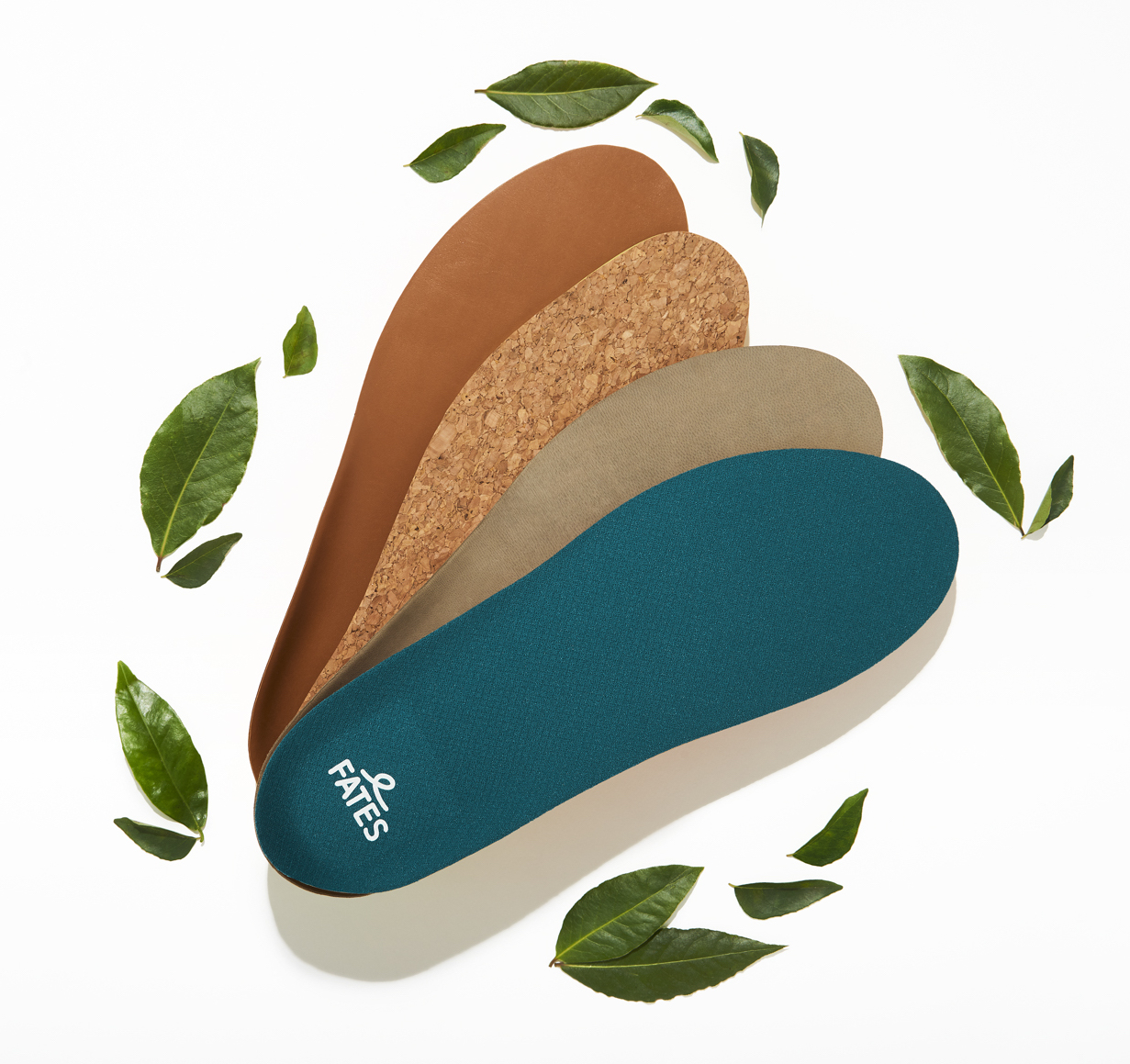Designing Comfortable and Sustainable Footwear: Exploring Insole Material Innovations

In the world of footwear design, selecting the right insole material is crucial for achieving optimal comfort and support. With a wide range of options available, it’s important for footwear designers to make informed decisions that align with their design goals and the needs of their target audience. In this article, we will delve into the crucial factors to consider when selecting insole materials.
Factors to Consider When Choosing Insole Material:
Footwear Type: The specific type of shoe or boot being designed will heavily influence the choice of insole material. Different activities and usage scenarios require different levels of support and cushioning.
Activity Level: Consider the intended level of activity for the footwear. Insoles for high-performance athletic shoes may require enhanced shock absorption and stability, while casual or everyday footwear may prioritize comfort and breathability.
Material Properties: Each insole material offers unique properties that impact factors such as breathability, moisture-wicking, odor control, and overall comfort. Evaluate these properties based on your design goals and the needs of your target audience.
Price Point: The cost of materials is an important consideration, as it can affect the overall pricing and market positioning of the footwear. Balance the desired material quality with your target price range.
Types of Insole Materials:
EVA (Ethylene-vinyl acetate): Lightweight, cushioning, and breathable, making it a popular and relatively inexpensive choice for various footwear types.
PU (Polyurethane): Durable, long-lasting, and supportive, with a wider range of hardness options available. Offers excellent shock absorption and abrasion resistance.
Cork: A renewable hard material that conforms to the shape of the wearer’s foot, providing support.
Memory Foam: Offers a custom-fit experience by conforming to the shape of the wearer’s foot, providing exceptional comfort.
Gel: Known for its soft and cushioning properties, gel insoles offer enhanced shock absorption and comfort.
TPU (Thermoplastic Polyurethane): A hard material used for structural support, stability, and alignment around the heel and arch. Ideal for orthotics and performance sport footwear.
Carbon Plate: Lightweight and durable, carbon plates provide excellent energy return and are commonly used in long-distance running shoes. However, they are more expensive.
Material Innovation:
In addition to traditional insole materials, innovative options are emerging in the market. These advancements enable designers to push boundaries and offer unique value to their customers.
3D Printing/Custom Scans: A niche segment of the insole market that allows for customized insole production based on individual foot scans. Note that this technology is currently limited in terms of scalability and cost-effectiveness.
Recycled Materials: Sustainable options are gaining popularity, utilizing recycled materials to create insoles with reduced environmental impact.
Bio-based Materials: Bio-based materials for insoles offer a sustainable alternative to traditional petroleum-based foams. These innovative materials can provide a responsible alternative to traditional petroleum-based foams commonly used in insoles. These materials are derived from renewable plant sources such as corn, mushrooms, cork, algae, and agricultural residues. Each bio-based material offers a unique set of features and sustainable benefits, depending on its chemical structure. Many of these materials are considered premium and novel technologies in the footwear industry. While some possess similar attributes to petrochemicals, they are designed to reduce environmental impact, making them an ideal choice for eco-conscious footwear.

FATES bio-based foam has undergone rigorous third-party certification to ensure that its bio-content is derived solely from plant-based sources. With footwear designers in mind FATES bio-based foam has been developed for versatility, from poured PU, low density sheetstock for die cut or compression molding, bio-based memory foam and even TPU for insole projects.
Additionally, an extensive Life Cycle Analysis (LCA) has been conducted, confirming its measurably lower environmental impact compared to traditional polyurethane foam. FATES bio-based foam has been engineered to deliver high performance, with biodegradable properties ensuring minimal impact at end of life.
Choosing the right insole material is a crucial step in footwear design, impacting comfort, support, and overall customer satisfaction. By considering factors such as footwear type, activity level, material properties, and price point, designers can make informed decisions. Additionally, exploring material innovations like 3D printing, recycled materials, bio-based options.




